Explain Human Digestive System
Digestive system is a system of alimentary canal and digestive glands.
Alimentary Canal - Alimentary canal is a tube of variable diameter having muscular wall and glandular epithelial tissues which starts from a mouth and ends at anus. It is made up of mouth vestibule buccal cavity pharynx oesophagus stomach small intestine large intestine and anus.
Mouth - Mouth is atranverseslit bounded by two movable lips.
Vestibule - Vestibule is the space between gums and lips with its lining has mucous glands.
Buccal Cavity - Buccal cavity or oral cavity is a large space bounded by Falak above throat with the below and jaws with teeth on the sides. Salivary glands are open into it.
Palate - Palpate is roof of the buccal cavity is differentiable and is divided into anterior hard palate and posterior soft palate.Hard palate is transfers Palatine rugae supported by the bones for holding food on domestication and soft palate has smooth surface which takes part in swallowing. There is a hanging Flap called uvula are which is meant for closing internal nares.
Tongue - Tongue is a muscular protrusible flatten structure that extends into a part of earrings and is at US Visa live by your food called pendulum.
Sulcus terminalis of the town is divided into Fahrenheit and Udal part where superior surface be especially which contain tastebuds call valid fungiform and filiform.
Teeth - Keep our heart structure that meant for testing, cutting, crushing and holding food. Acrodont is the part of the bone that not embedded in socketsexcept reptiles and amphibians.
Thecodont teeth are embedded in sockets which is found in mammals and crocodile. Monophyodont is another set of teeth that is found in Platypus and toothed whale. Diphyodont is also to set supti where milk it is a temporary and permanent teeth is observed. Example is mammals. Polyphyodont is a type of teeth that can be replaced many times like frog.Isodont is also called homeodent as all the teeth are look similar. Example is toothed whale. Heterodont is the type of teeth where four types of teeth are observed like in Scissors canines premolars and molars. This is specially observed in human hand they are involved in different function. In scissors for cutting, canines for tearing, premolars for grinding and molars for grinding. Pleurodontis the type of teeth that fixed by sites to lateral surface of ridge. Example is reptiles. Bunodont is the low cusps teeth found in human. Lophodont is another type of teeth wire transfers regions are present such as elephant. Sholay no don't type of teeth have crescent-shaped cusps. Present in sheep. Secodont have cusps pointed. Example is carnivores.
Structure of Human Tooth - Human tooth has three parts that is - crown, neck and root. Crown is the exposed part neck is surrounded by gum and root is embedded in socket. Human have the incisors canines and lower premolars that have single roots upper premolar the lower molars have two roots while the upper molars forces is three roots. Tooth is mainly made up I would you like substance called in time and En Route Regent in time is covered by one like cement and periodontal membrane. In the Crown point in time is covered by in a milk which is hardest white and Shine. Internally tooth has a pulp cavity tissue connected with connective tissue not fibres lymph and blood vessels. On the outside of this it contains dentine producing odontoblast faith protoplasmic out growth in canaliculi of dentine. Narrow pulp cannel is observed to be present at the base.
Human teeth are thecodont, heterodont, bunodont, diphyodont in nature. Milk deciduous or temporary teeth begin to appear at the age of six months to 11 months. These are completed by the age of 2 years and there are 20 milk teeth. Permanent teeth begin to appear at the age of 6 years to 12 years. At that time milk teeth are lost and permanent teeth occupies the spaces of milk teeth. Last molars come out late after 18 years of age and they are called wisdom teeth.
Pharynx - Pharynx lies between soft palate and 6th cervical vertebrae and indistinguishable into three parts that is necessary or pharynx and laryngo pharynx. This content to internal near opening of to eustachian tubes and opening of learning saw glottis opening of oesophagus gullet. Glottis can be closed by raising of larynx to bring in contact with epiglottis and internal nares can be closed by glotis are which is done during swallowing. Tonsils occur both in oropharynx and laryngopharynx.
Oesophagus - Oesophagus is a muscular tube of 25 cm long to 40 cm long which connects headings with stomach and it passes through the behind trachea and heart and pierces the diaphragm to enter abdomen.
There is an angle between it and stomach which is very short and oesophagus conveys food to stomach through peristalsis movement.
Stomach - Stomach is the widest and distance which is J shaped part of alimentary canal which is placed obliquely behind the back from on the left side and empty stomach has force called gastric rugae. Stomach is differentiated into three parts that is cardiac body and pyloric part. Cardio body is broader in the upper part with cardiac sphincter which is called cardiac wall or functional sphincter because due to its presence nearest to heart in the region of junction of oesophagus and fundus above it. This is often filled with gas. Body is the main part of the stomach and pyloric part or pylorus is narrow at the last part of the stomach which is differentiated into and from canal and sphincter.
Pyloric sphincter passage of food into the intestine and stomach stores food transit and breaks it then and gastric juices produces an intrinsic factor for absorption of B12 secrets hormone gastrin observes alcohol some drugs small quantity of sugar and water. Gastrin histamine and vagal activation stimulates the secretion of gastric juices and churning movements of stomach.
Small intestine - Small intestine is the longest and neural tubular part of alimentary canal that lies coil in abdomen. Small intestine has Circular false and feeling which contain selectors cells lining the villi have brush border or microvilli. Crypts of lieberkuhn is observed throughout the small intestine and is differentiated into three types that is the deodenum, jejunum and ileum.
Large Intestine - Large intestine is also known as large intestine because its large diameter which is about 4 cm to 6cm as compared to small intestine which is the diameter having 3.5 cm to 4.5 cm. Length of large intestine is about 1.5 m and is differentiated into four parts called caecum, colon, rectum and anal canal.
Anus - Anus is the terminal in period opening of alimentary canal which is guarded by an internal involuntary sphincter and an external voluntary sphincter.
Digestive Glands - Digestive glands are consist of salivary glands gastric glands liver pancreas and intestinal glands.
Salivary glands - Salivary glands are of 3 pairs. These glands are- parotid glands-parotid gland is the largest and it is below and in front of the ears then submaxillary or it is also called submandibular which is medium in size at the angles of lower jaw and sublingual which is the smallest and found below the tongue. Parotid or stencils ducts are open in vestibule just outside the second upper molars and sublingual or revenue and ducts are open under the town where is submaxillary or wharton's duct near the lower Central incisors. Visa about one litres of saliva to 1.5 litres of saliva produced inside our mouth daily and it contains 99% of water some solved mucin, lysozyme and ptyalin whose pH is 6.7.Tyalin of salivary amylase have there functions at or near the neutral PH in humans and infix which is absent in herbivores. Ptyalin converts starch and glycogen of cooked or baked food into limit Dextrin on for receiving.Mucin also protects the soft lining of buccal cavity from aberration and viral infection of parotid gland is called mumps.
Gastric glands - Gastric glands are branched and unbranched tubular glands which are often named after the region of stomach is cardiac fundic and pyloric. Cardiac glands are mostly secrete mucus binary glands also secret mucus and some of them produce hormone called gastrin. Fundicglands are made up of peptic cellsor chief or zymogen cells. that yield pepsinogen and gastric lipase. Peptic ulcer disease or themselves which can be occurs by acids of stomach and gastric lipase. In the calf muscle and other cleansing cell through running is also produced. Second part is oxyntic cells or is similarly known as parietal cells that are able to yield hydrochloric acid and intrinsic factor that is Castle intrinsic factor. Hydrochloric acid makes the gastric juice acidic in nature where the pH ranges from 2.0 to 3.7. third type of cells are mucus or Goblet cells where the secret mucus. What type of cells are argentaffin cells which produce somatostatin histamine and 5 hydroxytryptamine as secretion of gastric glands are associated together called gastric juices. Mucus protects the stomach wall against the acidic effect of hydrochloric acid and protein digesting enzymes. Hydrochloric acid has different roles as it converted pepsinogen and Pro running into active enzymes call pepsin and rennin. 15 functions have specific for acidic medium and changes proteins into peptones where else milk protein casein converted into calcium parikh’s in it for curdling it. Income there is raining and it is believed to be produced by the infants where does gastric lipase is active in infants and it changes milk fat try buterin into fatty acids and glycerol.
Liver - Liver is the largest gland which is radiation colour and sponging texture but relief all Eyes on right side below the diaphragm as it is differentiable into small left lobe and large right lobe. The large right lobe is made of right lobe proper quadrate lobe and caudate lobe. The piriform yellow green shack or gallbladder is situated on the interior surface of right now but in certain mammals like horse and that they do not have gallbladder. There are two lobes of liver that produce right hepatic duct and left hepatic duct and they join to form common hepatic duct.A cystic duct that comes from gallbladder the two will join to form bile duct that attaches with pancreatic duct before opening and your dinner and the opening of bile duct into pancreatic duct is controlled by sphincter of Boyden.
If this is not passing into that and bile from liver lobes intas cystic duct and intas gallbladder for concentration and storage. Amount of bile that produced per day is about 600ml and the bile from gallbladder is 5 to 10 times more concentrated as if speech is 7.6 which is compared to 8.6 pH of hepatic bile. Bile is yellowish green alkaline solution with 89 % to 98 % water and no digestive enzymes but four types of chemicals and some non digestive enzymes are found. Composition of bile is inorganic salts like bicarbonates chlorides carbonates and phosphate of Sodium Potassium and Calcium. Sodium taurocholate and sodium glycocholateare the two types of bile salts that is found. Fatty substances of bile are- cholesterol, lecithin and other phospholipids. Bile pigments are billirubin which is yellowish and delivered in which is greenish in colour. There are also some other minor bile pigments like- bilicyanin, bilipresin,bilifusun, bilihumin,bilifulvinn etc. Bile salts are associated with the emulsification of fat and activate lipases. Bile helps in absorption of iron calcium fatty acids carotene fat soluble vitamins and it hasn't excretory role inhumans. Accumulation of bile pigments in the body may cause jaundice.
Pancreas - Pancreas is a soft lobulated yellowish pinkish heterocrine gland of length 12 cm to 16 cm and breadth 2.5 cm which lies posterior to the stomach. Pancreas has head in the car or do dinner and body below stomach and tail that is observed to be reaching the spleen of the duodenum.The exocrine part of the pancreas are observed to be consist of lobules, lobuleof acini u of S in your alveoli and acinus of pyramid cells with secret pancreatic juice. Escenas of phenomenal cells that secrete pancreatic juice and the letter it passes into the dark tune that the cubes join to form lobularduct. SNS speedometer cells that secrete pancreatic juice and this passes into that you’ll reach the fuels and join to form lobular dance and love you know that’s give rise to main pancreatic duct or duct of wirsung. Pancreatic ducts the joint with the wild duck before opening in to do dinner and and accessory duct of Santorini from part of it may take a part of pancreatic juice directly into do dinner through a minor thappilla. pH of the pancreatic juice ranges from 7.5 28.5 which is colourless liquid having four types of enzymes called proteolytic enzymes like trypsinogen chymotrypsinogen and procarboxypeptidase, nucleases like DNA se and RNA ase.Steapsin is also present and pancreatic amylase. Proenzyme trypsinogen is changed to 15 by enteropeptidase enterokinase of intestine where streets in have autocatalytic property and it also changes chymotrypsinogen into kind of trypsin and procarboxypeptidase into carboxypeptidase. Trypsin has autocatalytic property and it changes proteins and peptones into peptides. Nucleases hydrolyzed nuclic acid into nucleotides and pancreatic lipase convert fat into fatty acids monoglycerides and glycerol. Pancreatic amylase also hydrolyses starch glycogen and extreme into alpha limit dextrin maltose and isomaltose.
Intestinal glands - Intestinal glands are observed as the crypts of lieberkuhn and brunner's glands where do not glands mostly occur in duodenum and open in 2 crypts of lieberkuhn. Which gland secrete mucus and a little of enzyme but crypts have different types of enzymes secreting cells. Paneth cells for lysozyme and argentaffin cells for hormones and Goblet cells secrete mucus. Digestive juices of intestinal gland is known as intestinal juice or succus entericus and it is slightly alkaline in nature which contains news in inorganic Salts and many enzymes like enterokinase, aminopeptidase, dipeptidase, nucleotidase, nucleosidases intestinal lipase, isomaltase ,maltase, lactase and sucrase. Enzymes of this break larger peptides into smaller peptides by separating amino acidsby convert die peptides into amino acid, nucleotidase convert nucleotides into nitrogen base. Nucleotidases convert nucleotides into nucleosides and phosphate. Lactase convert lactose to glucose and galactose on the other hand sucrase convert sucrose to glucose and fructose. Argentaffin cells produce secretive and pedestal teeth stimulant which is called 5 hydroxytryptamine or serotonin.
From Explain Human Digestive System to HOME PAGE
Recent Articles
-
What Is Plasma? | Blood Plasma | Proteins | Nutrients | Cholesterol
Nov 07, 25 10:29 AM
Blood is a mobile fluid which is a connective tissue and is derived from the mesoderm like cell any other connective tissue. Colour of blood is reddish and that flows inside the blood vessels by means… -
Disorders of Respiratory System | Tuberculosis | Pleurisy | Emphysema
Oct 28, 25 11:39 PM
Tuberculosis is very common disease and is caused by a type of bacteria called Mycobacterium tuberculosis. This disease causes different trouble in the respiration and infection of several parts of th… -
Regulation of Respiration | Respiratory Centres | Inspiratory Area |
Oct 14, 25 12:13 AM
Respiratory Centre is the area that controls the rate of respiration and it is observed to be located in medulla oblongata and pons. Respiratory Centre has the following will dispersed components like… -
Explain Transport of Gases | External Respiration | Tissue Respiration
Oct 09, 25 11:35 PM
In humans gaseous exchange is completed in the following ways the steps are - External Respiration or Breathing - Breathing in false taking in of Oxygen and giving out of carbon dioxide in the body. M… -
Kind and Number of Teeth | Location of Teeth in Mouth | Care of Teeth
Sep 11, 25 12:52 AM
Kind and Number of Teeth
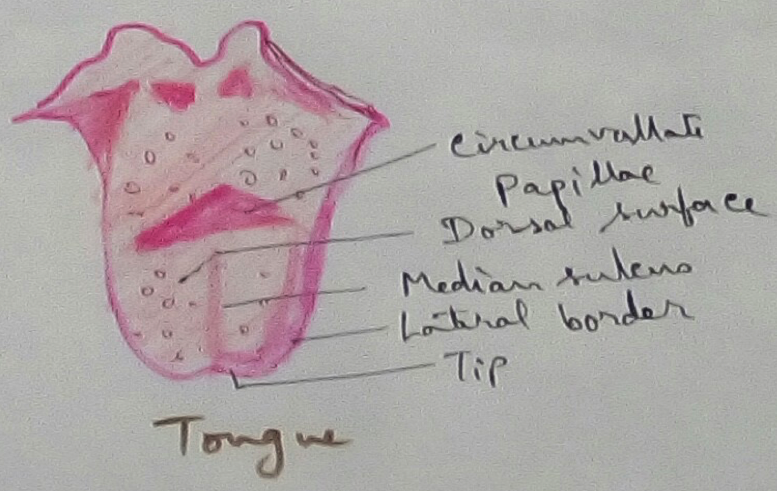
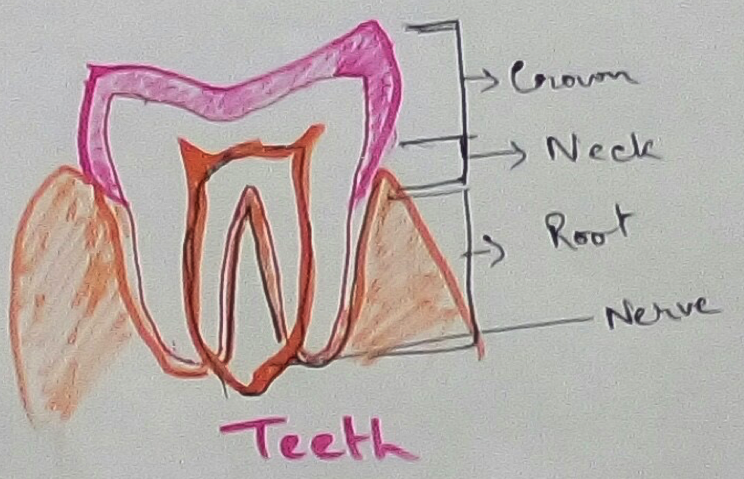
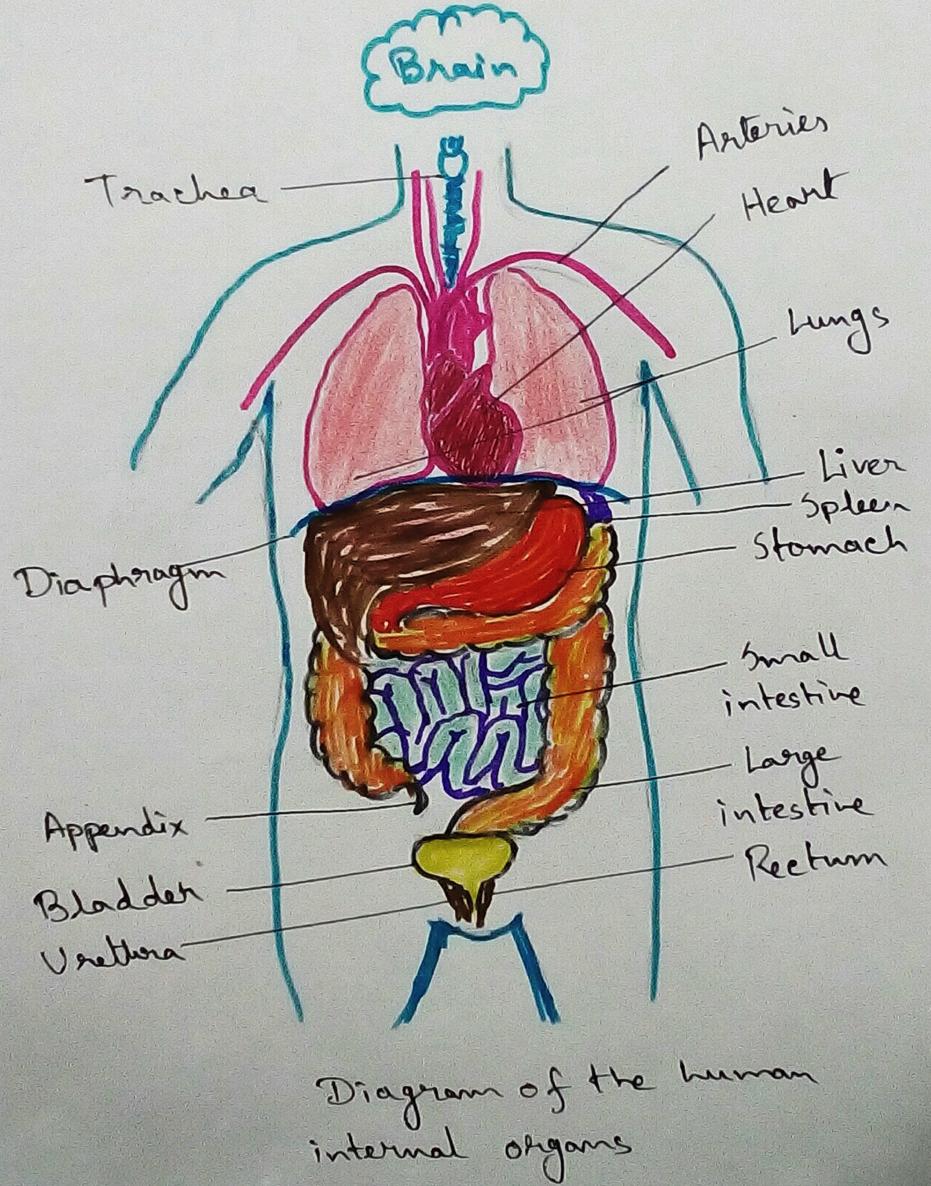
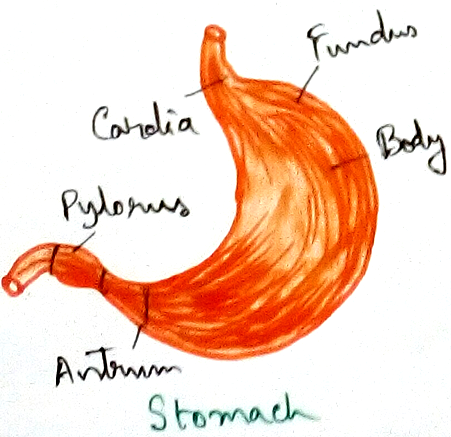
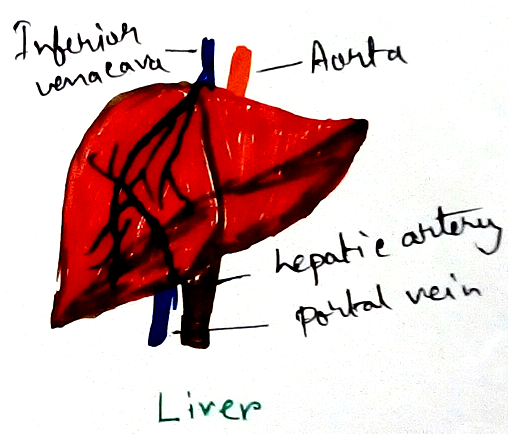

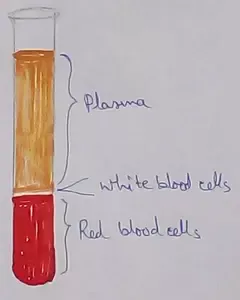
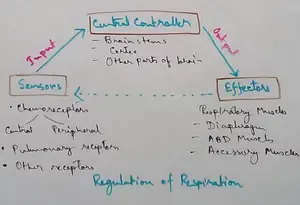
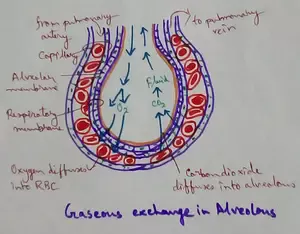

New! Comments
Have your say about what you just read! Leave me a comment in the box below.